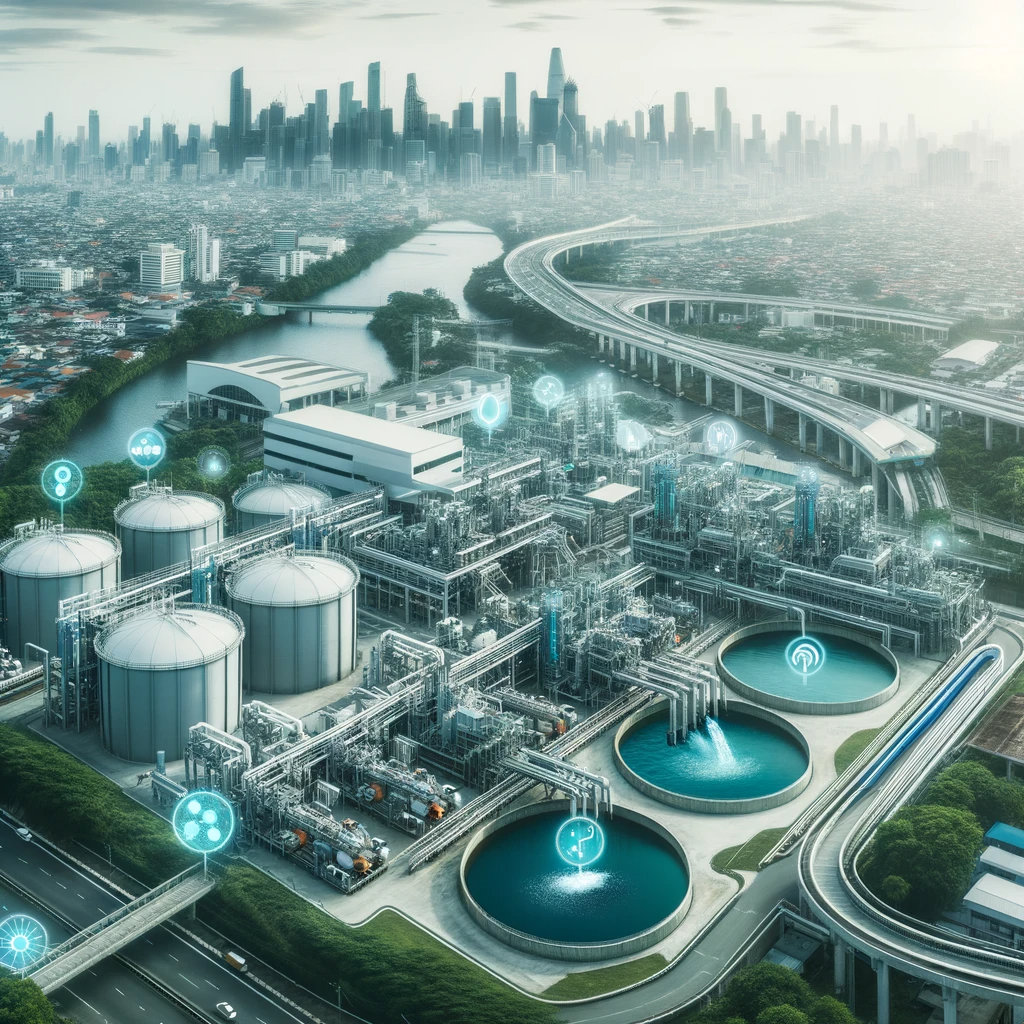In the vast tapestry of urban infrastructure, the role of waste water supply is both undeniable and indispensable. As our planet grapples with environmental challenges and growing urban populations, the need for robust and efficient waste water management systems becomes increasingly pivotal. This guide unravels the complexities of waste water supply, spotlighting its significance, operational dynamics, and the innovations charting a sustainable future.

Understanding Waste Water Supply
Waste water, colloquially known as sewage, encompasses the used water that flows out from households, industries, and commercial entities. Its supply is centered around the intricate networks and processes devised to collect, purify, and either reintroduce or repurpose this water.
Tracing Waste Water’s Lifecycle: From Source to Sustainability
- Collection: Every drop of water from our showers, factories, and office sinks embarks on a journey, channeled through sewage systems.
- Treatment: This collected waste water, brimming with potential contaminants, is directed to specialized treatment facilities. Here, it’s purified to meet safety standards.
- Redistribution or Repurposing: Once refined, this water either merges back with natural water systems or gets redirected for non-drinking purposes, such as agricultural irrigation.
The Imperatives of Waste Water Management
- Ecosystem Preservation: Releasing untreated waste water into the environment endangers aquatic habitats and risks polluting essential water sources.
- Public Health Safeguard: Effective purification processes are critical in thwarting waterborne illnesses.
- Economic Viability: Repurposing treated water alleviates pressure on our freshwater reserves, heralding financial and ecological benefits.
Technological Vanguard in Waste Water Treatment
The dawn of the digital age has ushered in remarkable advancements in waste water management:
- Membrane Bioreactors (MBRs): This technology marries biological treatments with membrane filtration techniques, enhancing purification efficiency.
- Electrochemical Oxidation: This method leverages electric currents to eradicate stubborn contaminants.
- AI-Powered Monitoring: The integration of Artificial Intelligence facilitates real-time supervision and predictive analysis of waste water infrastructures.
Waste Water’s Sustainable Odyssey
Progressive thought is reframing waste water from being mere refuse to a reservoir of potential:
- Nutrient Repurposing: Extracting elements like phosphorus for farming applications.
- Bioenergy Genesis: Waste water’s organic components can be harnessed to generate biogas, an eco-friendly energy alternative.
- Groundwater Augmentation: Treated waste water can bolster depleting underground water reserves.
Navigating Challenges
The path forward isn’t devoid of obstacles. Infrastructure investments, societal perceptions, and regulatory intricacies often pose challenges. Yet, burgeoning public awareness, policy incentives, and relentless tech innovations offer promising countermeasures.
Conclusion
Waste water supply isn’t just a logistical necessity; it’s an emblem of our commitment to a sustainable future. By cultivating a deeper understanding and advocating for progressive solutions, we’re not merely managing waste water—we’re sculpting a legacy of ecological stewardship for the epochs to come.




